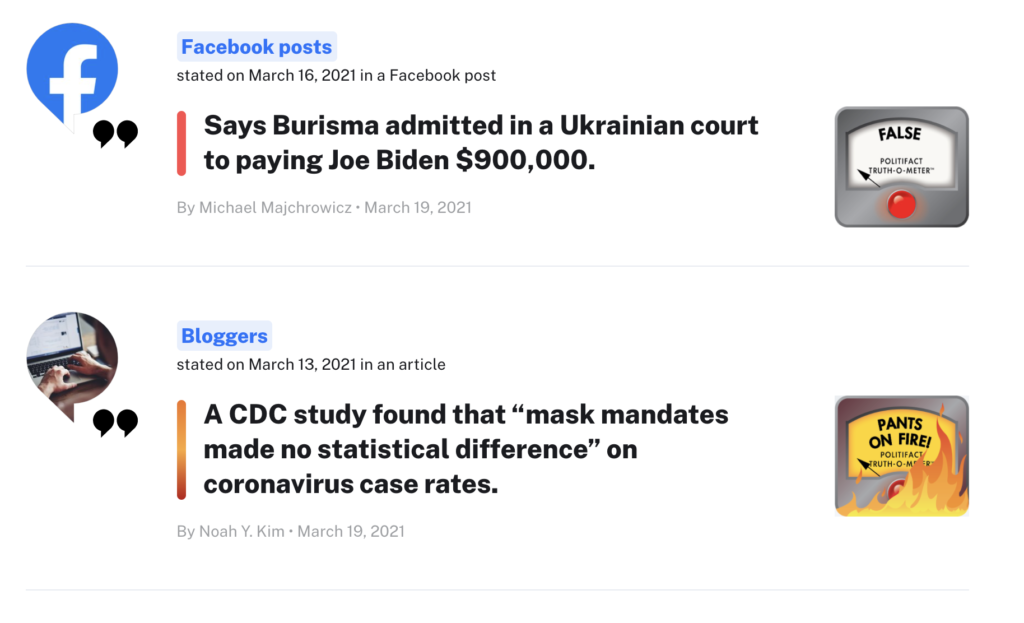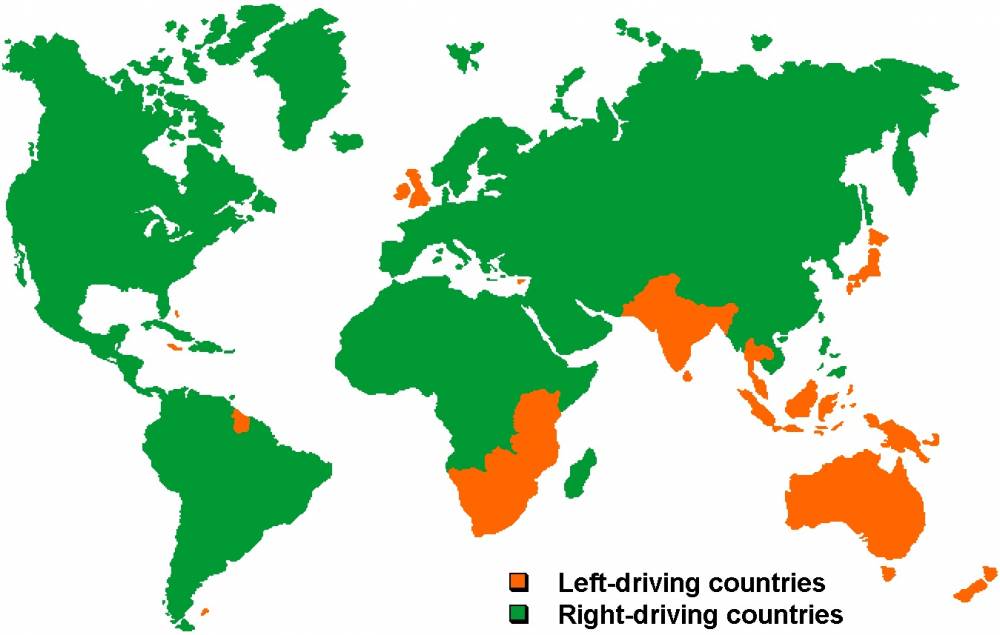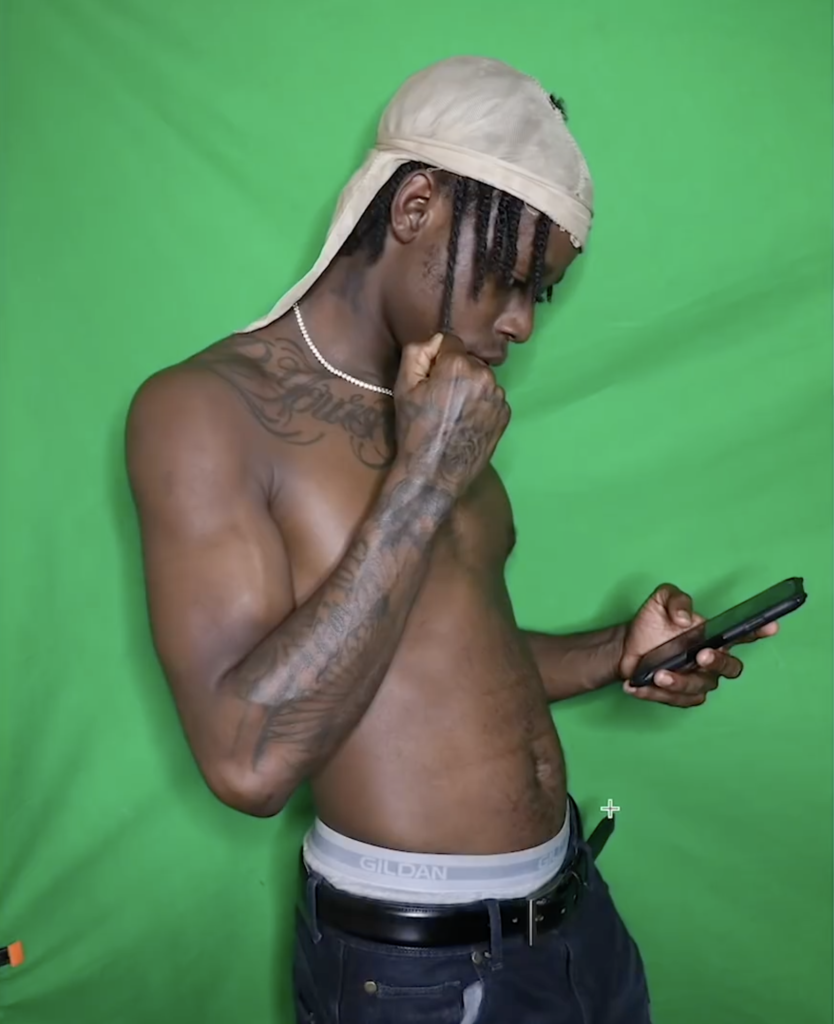Small Introduction to “Redesign” Topic, firstly.
Speaking with supervisor, person advised me to narrow down my topic. What is kinda complicated, since I still have no idea, where it leads. So to say, I still believe that redesign is more about changes, when do they start and to what lead.
Thats true, we can’t find the answer on question «when will we finish to redesign things» since it is rhetorical. New solutions, technologies, people, ideas. Redesign is about our world itself.
So, I decided to narrow topic to redesign as flow of time, where we discussing results, influences, slightest changes. No questions, only observation and disсussions.
And now back to the main theme:
Redesign of Art. Crypto Art.
In previous topic I described the contemporary art and how that will probably change in future or presence. And I miss one important detail — crypto art. Sounds like new contemporary, isn’t it?
СryproArt — synthesis of art and cryptocurrency. At first glance, combining cryptocurrency and blockchain with fine art may seem like a strange idea. Street art, graffiti, memes — all these types of contemporary art are quite suitable for the crypto world, but the words “cryptocurrency” and “painting” rarely appear in the same sentence.
Bitcoin and the entire explosion of modern digital currencies have been a technology that has transcended currencies and is ultimately transforming a whole host of industries in truly important ways.
To understand the appeal of crypto art, it is worth accepting one idea about blockchain: blockchain technology allows digital assets to become scarce.
Blockchain is a fairly new technological platform that connects millions of devices and is open to everyone. The Harvard Business Review describes it as “an open distributed ledger that can record transactions between two parties in an efficient and verifiable manner on an ongoing basis.” If you have never heard of blockchain, you may be familiar with Bitcoin or Ethereum cryptocurrencies that use such technology.
Being a digital media-only artist is very difficult due to the nature of digital media, which can be copied indefinitely. It is not unique, and people just weren’t interested in collecting it and appreciated it as closely as physical art in the real world.
Also, demand is influenced by the fact that new collectors have come to the world art market. Now, they are millennials, who grew up in the digital age. They need instant access to information, including prices for works of art.
This is a revolutionary concept: what is digital can actually be unique. Yes, what is digital can be rare, which means that, finally, digital media can be owned and collected in the same way as physical objects.
Usually the idea when it comes to cryptocurrencies is that when using blockchain, coins always look the same. With the help of NFTs (non-fungible tokens), you can tell right away that this token is for this work of art, and this token is for this work of art.
Crypto Art (NFT) can be divided into two groups: First generation and second generation.
Several questions arise, right?
The first and most important question: why does anyone pay for something that is already in the public domain?
There is a difference between downloading a picture or animation to a computer and owning the original backed by an NFT token. The files you download are worth nothing, while the NFT-backed painting is an original piece of art from the artist. In the same way, everything happens in the physical world. You can download a photograph of a Van Gogh painting or order a hand-drawn replica — in any case, such copies will not cost as much as the original. In the digital world, only owning an NFT token will allow you to sell or gift a piece of art, as well as receive a percentage of subsequent resale.
Second question: why is crypto art so expensive?
The presence of value is always associated with a lack of something. The scarcity of digital art is again confirmed by blockchain and NFT. In addition, people themselves endow any objects in our world with value, including in the digital space. Why are collectible cardboard athlete cards selling for thousands of dollars on Ebay? Designs of objects in computer games, T-shirts and even napkins with autographs of stars, and the actual banknotes themselves are of value only because people agreed so. In the case of crypto art, value is invested by collectors. Someone buys it for speculative purposes, while someone just wants to support the author with a coin. Crypto coin.
There is no generally accepted concept of what crypto art is, but it can be described by the following principles:
1. Digital nature. Digital art can be created, published, purchased and sold completely electronically.
2. Geographic independence. Artists from all over the world take part in the creation of the works. CryptoArt is the first truly global art movement.
3. Democracy. Everyone is encouraged to create artwork and popularize the movement, regardless of skill, achievement, class, gender, race, age, religion, etc.
4. Decentralization. The tools developed reduce the influence of art brokers and increase the power of the artists themselves.
5. Anonymity. The use of pseudonyms allows artists to create and sell works of art while remaining anonymous (if preferred), freeing them from social judgments.
Now digital art is going through its inception, driven by the development of technology. The number of artists and community members will only grow. And there is every reason to believe that CryptoArt is a completely new page in the history of art.
In my opinion, the phenomenon of crypto art, supported by these principles and promising NFT technology, deserves understanding, and early adopters and investors can be well rewarded in the future for their contribution to the development of the community in the early stages of its existence.


















